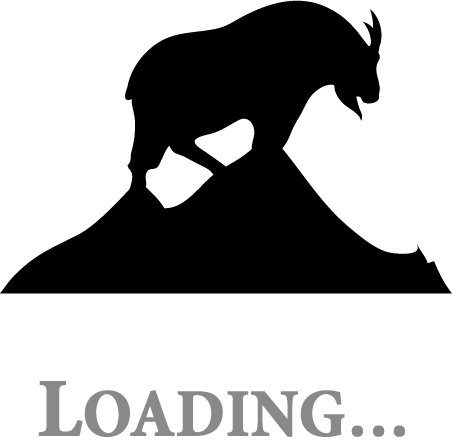Editorial: When in doubt if it’s out…

By Andrea Arnold
The importance of not just extinguishing a campfire but drowning it in water, even going as far as stirring up embers and making ash soup was driven home hard last week.
During a recent camping trip, I had to make a bathroom run at about 2 a.m. While I was out, I noticed a bright red glow coming from a firepit a bit further down the way. The wind gusts were causing embers and sparks to fly towards the trees and pine needle covered ground nearby.
I grabbed a large pot and made two trips from the lake with water, alternating between dumping water and stirring up the embers to make sure everything was under water.
The part about this scenario that bothered me the most? We have no idea how long it was left before our arrival. We had been there for about 12 hours at that point. We had not seen anyone since our arrival. We had not met anyone on the road into the site for most of the drive in. We had even investigated this specific fire pit during a walk around earlier in the evening. It was unique as it had metal chair legs (we thought) among the ashes. It seemed to be out.
The gusty winds in the night proved otherwise.
Since this incident, I have been in contact with BC Wildfire. They asked why I didn’t report the campfire. I honestly replied that I didn’t know it needed to be as I put it out. That and it was several days before I had cell service again. But now I know.
To report an unattended campfire or open burning violation, or irresponsible behaviour that could start a wildfire in B.C call the RAPP line on 1 877 952-7277.
The Prince George Fire Centre Information Team BC Wildfire Service asked if I could share the following information regarding campfires.
“A Category 1 fire, or campfire, is defined as an open fire that burns piled material no larger than 0.5 metres high by 0.5 metres wide,” explained a statement from BCWS.
“The following precautions must be in place when lighting or making use of a campfire:
There is ready access to a shovel or at least eight litres of water the entirety of the time the campfire is lit,
There is a fuel break around the campfire, free of any debris or combustible materials, and
The fire is fully extinguished and the ashes are cold to the touch before leaving the campfire for any length of time.”
Upon further questioning about what a fuel break looks like, BCWS confirmed that a ring of rocks would be fine as a firebreak.
“Just make sure you create a wide fuel break (sometimes called a firebreak) around your fire by scraping the area around your fire down to bare dirt to remove any flammable material,” BCWS stated in their email.“Your fire should be on level ground that is a safe distance from tent walls, shrubs, trees or other flammable materials. Do not build your fire beneath low-hanging branches.”
The BCWS say that the financial consequences of being found in contravention of any open-burning prohibition also apply to those found breaking the rules around campfires. A violation ticket for $1,150 may be issued and an administrative penalty of up to $10,000 may also be added. If convicted in court, a person may be fined up to $100,000 and/or be sentenced to one year in jail. If the contravention causes or contributes to a wildfire, the person responsible may be ordered to pay all firefighting and associated costs.
So far this year we have been very fortunate and Category 1 fires and campfires are still permitted, and the valley has been mostly smoke free. Let’s each do our part in keeping it that way.


